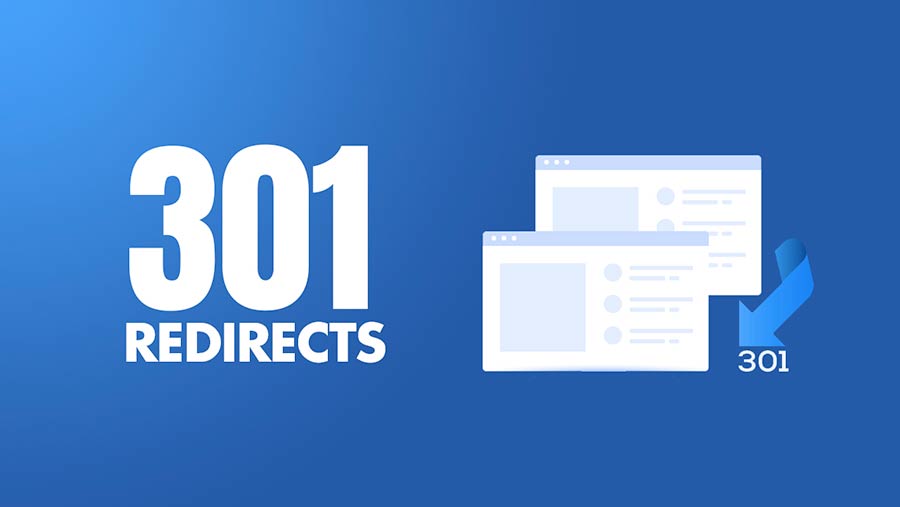A 301 redirect is a powerful tool that can affect search engine optimization (SEO) by managing website traffic and sending users from an old or outdated page to the updated version. By using 301 redirects, website owners can make sure that their content is up-to-date and that their users can find the most relevant information. We’ll talk about what a 301 redirect is and how it can be used to improve SEO in this blog post. Read on to find out more.
Table of Contents
A 301 redirect is a powerful tool that can affect search engine optimization (SEO) by managing website traffic and sending users from an old or outdated page to the updated version. By using 301 redirects, website owners can make sure that their content is up-to-date and that their users can find the most relevant information. We’ll talk about what a 301 redirect is and how it can be used to improve SEO in this blog post. Read on to find out more.
WHAT EXACTLY ARE REDIRECTIONS 301?
301 redirects for SEO are an important part of optimization because they let web administrators send traffic from one URL to another without losing the SEO value of the original link. When a website owner wants to change their URLs or get rid of pages, they must use 301 redirects to make sure that both visitors and search engines go to the new page or address. This is especially important when optimizing websites for SEO, since 301 redirects help keep ranking power by moving all of the authority from the old URL to the new destination page.
When done right, 301 redirects can make the transition between old and new pages smooth without affecting the user experience or how well search engines work. If you’ve done a good job of building links to a certain page on your website, a 301 redirect will keep those links and their rankings even if you change or move the page. But if it’s done wrong, like pointing different URLs to the same destination page, it could cause unwanted things to happen, like losing rankings because of duplicate content issues. The Brand Locus Company is Providing SEO Services in Lahore.
What are some common 301 redirect mistakes to avoid?
It’s important to remember that there are a few common mistakes that are easy to avoid when setting up 301 redirects. The first mistake is that there are too many redirect chains. If your website has multiple pages with different URLs that point to other URLs in a chain-like way (i.e., A > B > C), this could cause confusion and slow down loading times because each link in the chain needs to make its own HTTP request. If you can, use only one direct link instead, so that visitors don’t have to go through a bunch of pages before they get to their destination URL.
When using 301 redirects, it is also important not to set up loops (i.e., A > B > A). This can lead to an infinite loop, which can cause errors on your site and make it so visitors can’t get to some pages because their browser timed out or something similar. Lastly, make sure you keep track of any changes to analytics data after putting in place new redirection rules. This way, you’ll know how effective each change was and if any problems came up that you weren’t expecting.
How do you put 301 redirects in place?
301 redirects can be set up on your website in a number of ways, depending on the type of website you have and the hosting you use. If you use Apache as your web server, you can make 301 redirects with the a.htaccess file. This is the easiest way to do it, since it doesn’t require coding and is pretty easy to understand. If you are using different kinds of web servers, like IIS or Nginx, you can use the configuration file of the web server to make a 301 redirect.
This option requires more technical knowledge, but it’s a better way to set up 301 redirects. 301 redirects can also be made with the help of plugins and other tools. Most of the time, these tools are easier to use, but they may need more setup or configuration.
Overall, 301 redirects are an important SEO tool for maintaining a site’s link equity and making the user experience better. They are also helpful for website owners who want to combine their URLs, move to a new domain, and protect the online presence of their brand. This makes them an important part of any successful SEO strategy.



More Stories
Mobile Spray Tan: Your Convenient Solution for a Sun-Kissed Glow
Unlocking Timeless Elegance: Your Complete Guide to Vintage Hermes Scarves
The Ultimate Guide to Choosing the Right Gutter Company for Your Home